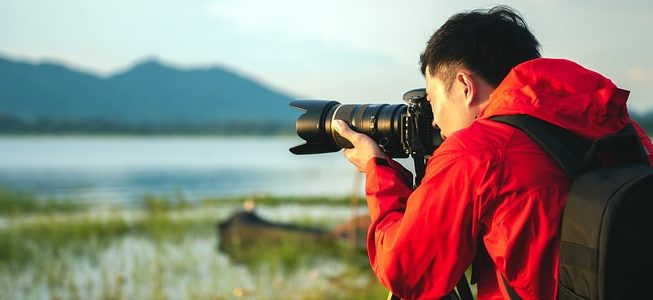If we’re photographers for long enough, it feels like we go on a journey. And that journey feels circular. We start taking pictures naively, thinking that’s a bad thing, but after developing habits and singular ways of shooting, could it be that our original inexperience was better and more real?
As beginners, we photographers often have little or no visual sense. We have no concept of the photographic rules or compositional tricks that might make our photos stand out. What many of us do is “point and shoot” at the outset, hence the slightly derogatory term for photography or cameras that need zero know how.
What this article explores is how naivety might be a good thing and how, as photographers, we get too entrenched in our own ways of doing things. Our tastes in other people’s work can become limited, too, by the constraints we place on photography—what we think it should be.
Learning the Craft
Many photographers become better at what they do by copying others. Learning how to use a camera is secondary—anyone can do it reasonably well—but developing an eye takes more. So, we look at thousands of photos, deciding what we do or don’t like about them. We read about compositional rules like the “rule of thirds” or the golden ratio. We steal from other photographers, either consciously or subconsciously.
Anyone that obsessively takes photos and mimics the style of better photographers is likely to improve at what they do. There are visual hooks we use to create impact and draw viewers’ eyes to the subject, hopefully causing them to linger. These visual hooks, which might be clever use of light or depth of field, create undeniable impact. At that point, it feels like we’re getting good. Photography becomes less subjective, at least in execution.
What Makes a Good Photo?
Of course, photography is partly subjective. Whether or not a person likes a photo will always depend to some extent on their own tastes and experience. But anyone that wants to take a photo with instant mass appeal must create something outside the day-to-day experience of viewers. The average photographic viewer does not want to see the mundane, the everyday, or anything they think they could photograph themselves with ease.
Rejecting Naïve and Mundane Photos
During the years we’re evolving as photographers, it becomes easy to spurn any kind of photography that does not confirm to the rules we’ve learned—the craft. Just look at the British Turner Prize held each year, which always attracts harsh criticism from photographers who feel the exhibits are artless. Should we reject whatever challenges us or goes against the grain? Do we always want the obvious?
Channeling Purity in Photography
Photographers tend to hate pretentiousness. It’s in our nature, perhaps because we capture reality rather than make things from nothing. Anything that looks easy to create cannot be worthwhile in our minds. That’s the instinct. But let’s pause for a second. Isn’t this a bit close-minded?
What is photography for, if not for sharing? The problem with all our finely crafted photos is they’re manufactured. We as photographers lose our child-like wonderment and replace it with hackneyed ideas about what a worthwhile image should look like. And we can’t escape from that unless we finally get bored, abandon our preconceptions and go back to the beginning.
Many successful photographers in the world photograph so-called “mundane” subjects. These subjects are no less valid than spectacular wildlife, pretty flowers or amazing sunsets, but of course an untidy backyard is less easy on the eye. What we shouldn’t lose sight of is the “look at this” element of photography. And we mustn’t be paranoid about not understanding the intellectual reasons for a picture. Some things just are.
As a kind of intermediary in what naïve photography is about, the late Saul Leiter is useful. His best-known photos are full of bold colors, often for the sake of the color itself. Such marvelous pictures come from not falling into cliché and allowing ourselves that innocent, ever-curious eye. We may need to travel full circle before we realize it.
